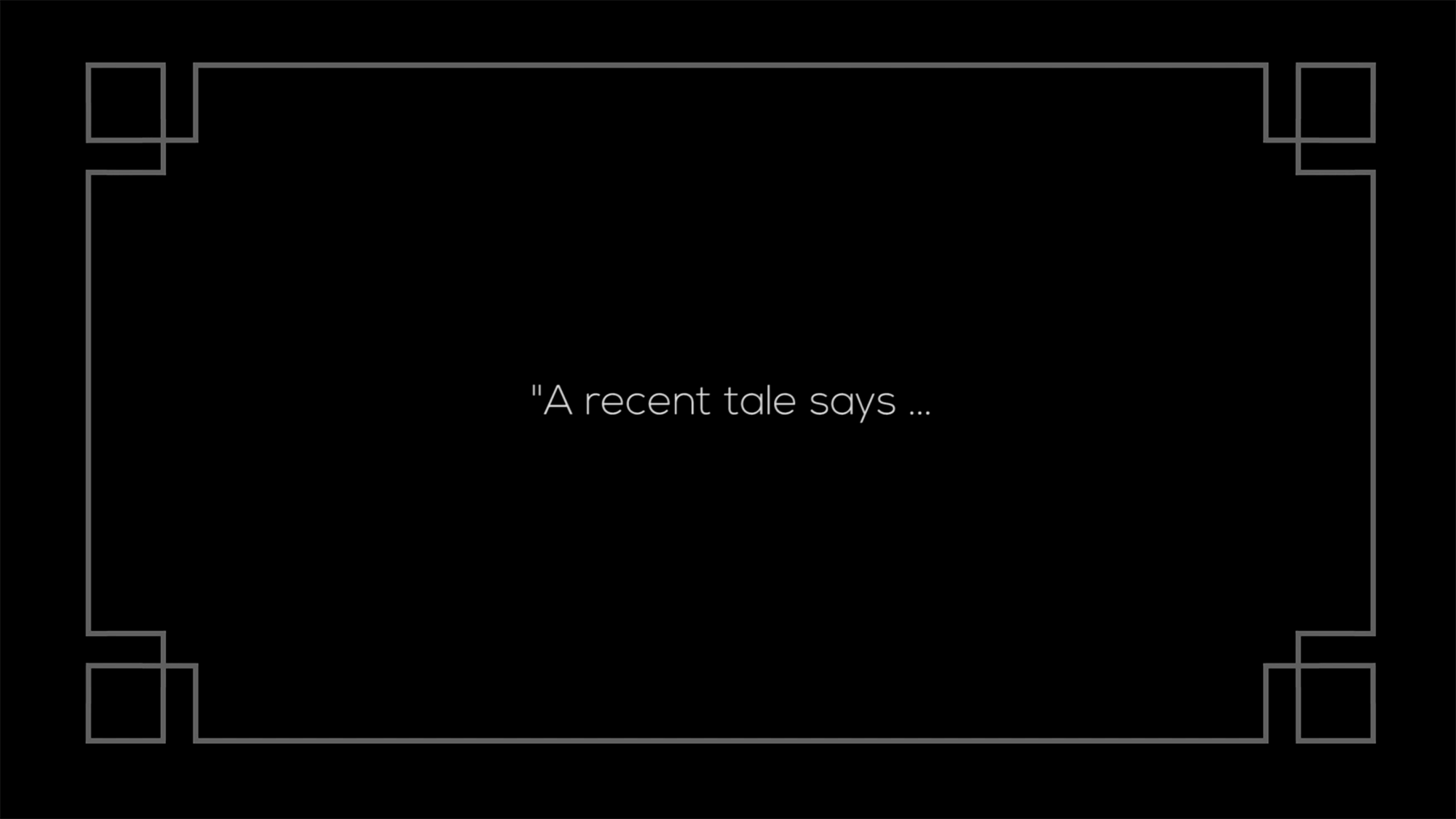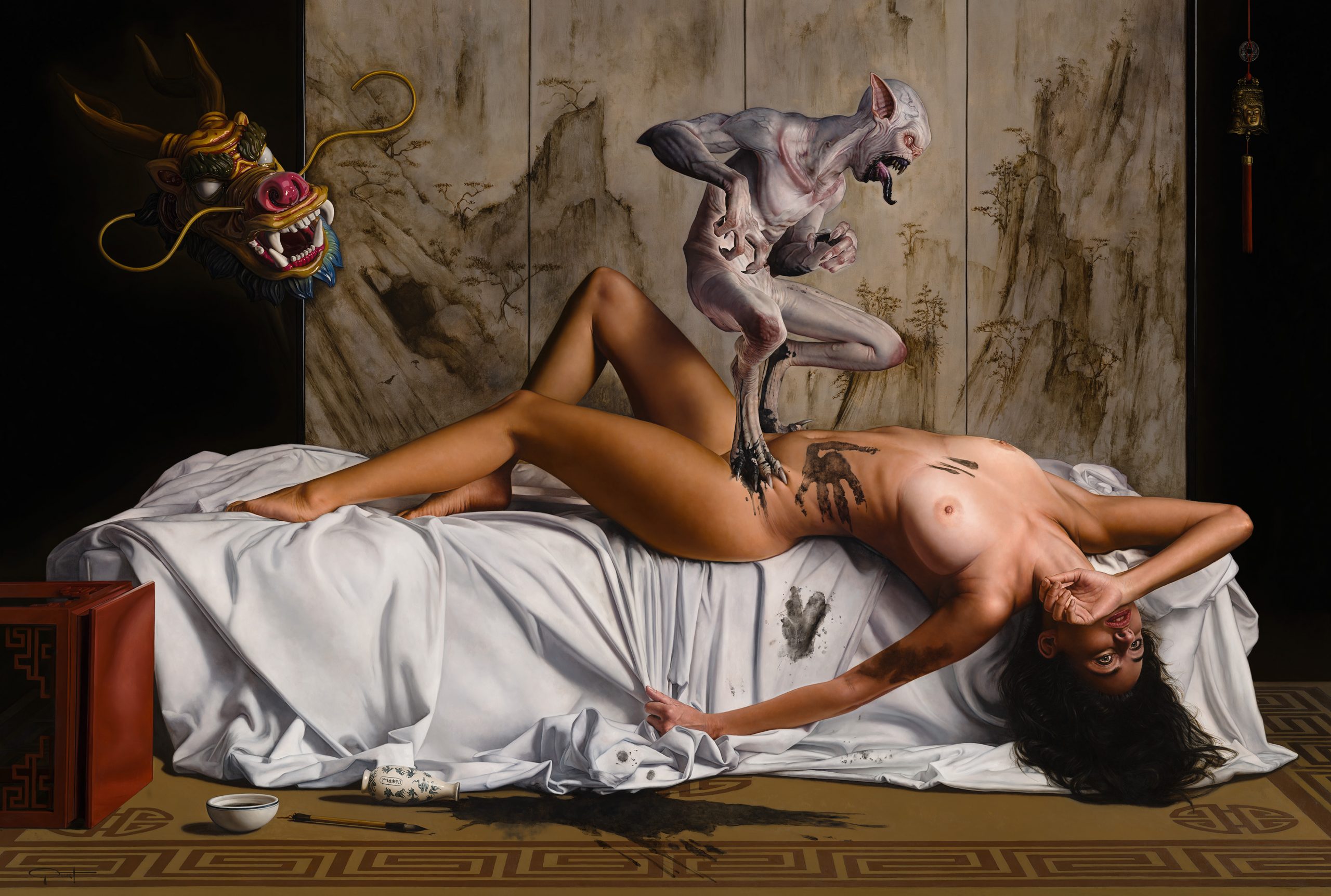THE
Nightmare
Oil on canvas, 180 x 270 cm
An allegory to the horrors of the pandemic
The Nightmare
The origin of “The Nightmare” (2023) by Picart relies on Art as testimony, depicting significant events in life. Beyond question, the Coronavirus disease has marked a before and after for all of us. Incidentally, the word “Nightmare” is derived from “mara”, a Scandinavian term referring to a spirit that suffocates sleepers by crouching on their chests. Chest pressure and difficulty breathing were some of Covid-19’s main symptoms.
For his purpose, Gabriel Picart has revisited “The Nightmare” by Anglo-Swiss artist Henry Fuseli. This painting shows a woman in deep sleep with an incubus crouched on her chest, while a black horse is peering at the scene. A universal icon of horror since it was first exhibited to the public in 1782. Each and every one of the elements of this famous work has been the perfect base to create an allegory on the global Covid-19 pandemic, which first broke out in Wuhan.
In terms of contemporary figurative art, “The Nightmare” by Gabriel Picart offers a unique and thought-provoking interpretation of the Covid-19 pandemic through symbolism, allegory, and technique. The painting explores the emotions, psychological depth, and human condition of the pandemic experience through the lens of a historical masterpiece. This contemporary artwork combines traditional elements with modern artistic expression and interpretation, making it an excellent example of figurative art and artistic trends in the 21st century.
The Artistic Riddle of Covid-19's beginnings
To this later respect, according to the artist own words: “It would be an unforgivable act of self-censorship on my side not to include references to China in a painting on Covid-19, for Wuhan is linked to the pandemic in our minds. However, The Nightmare does not intend to stigmatize the Asian giant, but it just aims to depict the Coronavirus the way most of us experienced it. Actually, the uncertainty on the ultimate origination of Covid-19 increased our woes a great deal, and for this reason the key element of this painting is kept hidden from our eyes, behind the screen. In my painting, we cannot see who is really holding the dragon pole: I leave it to every one of you.” The Chinese text on the ink vase means: origin unknown.

